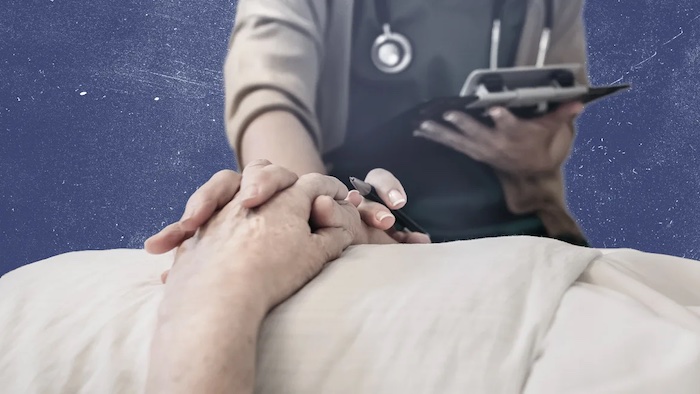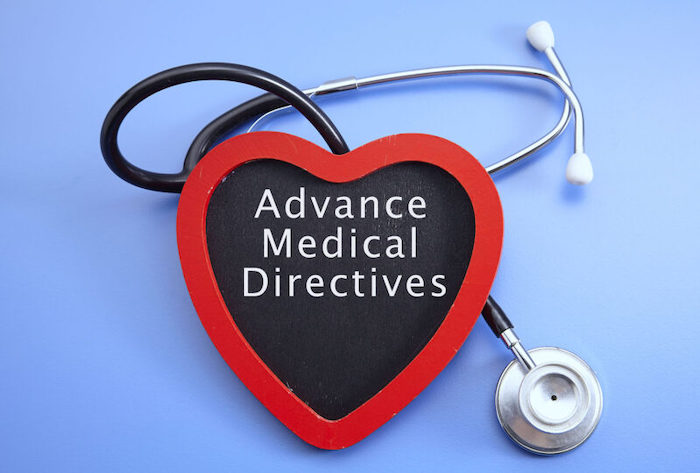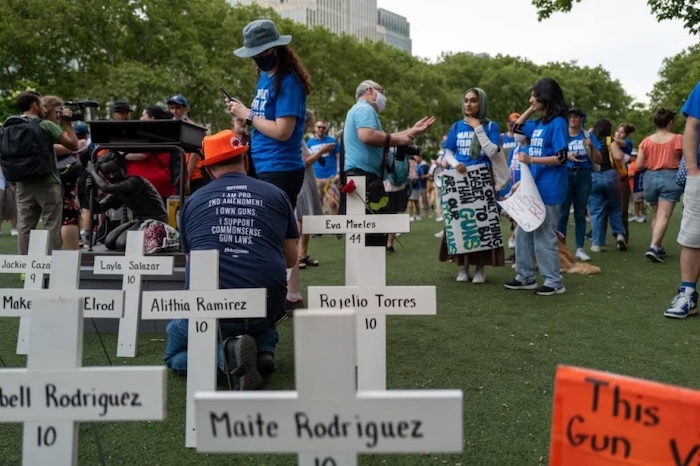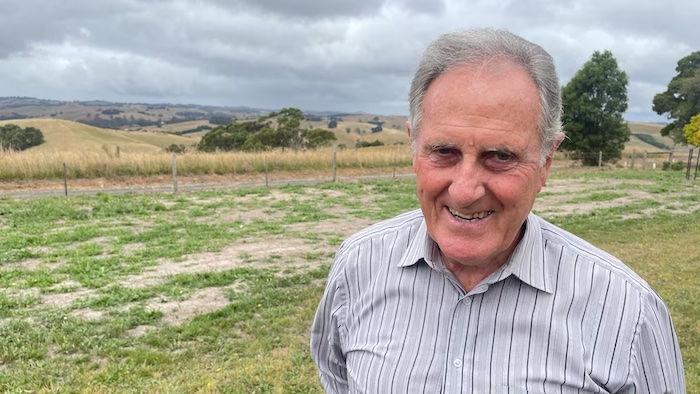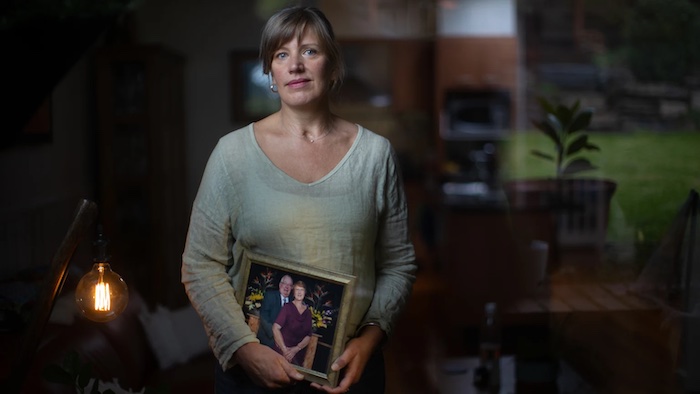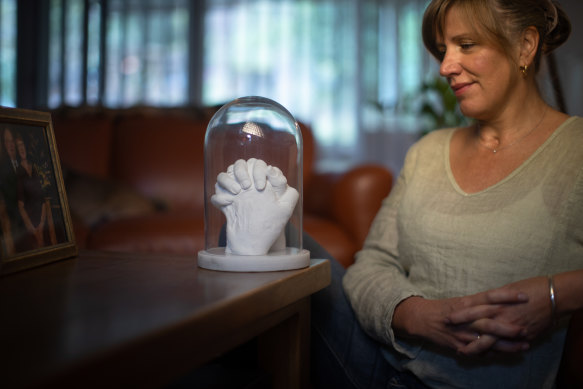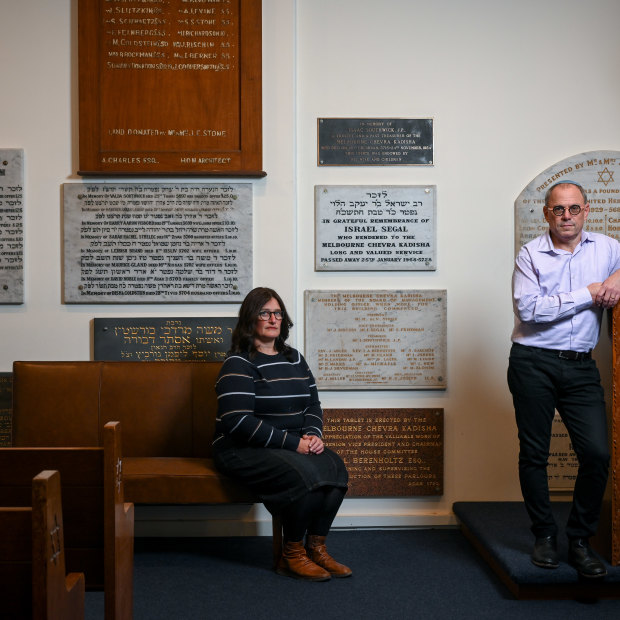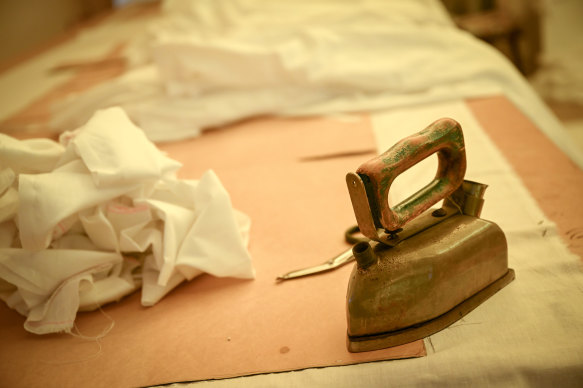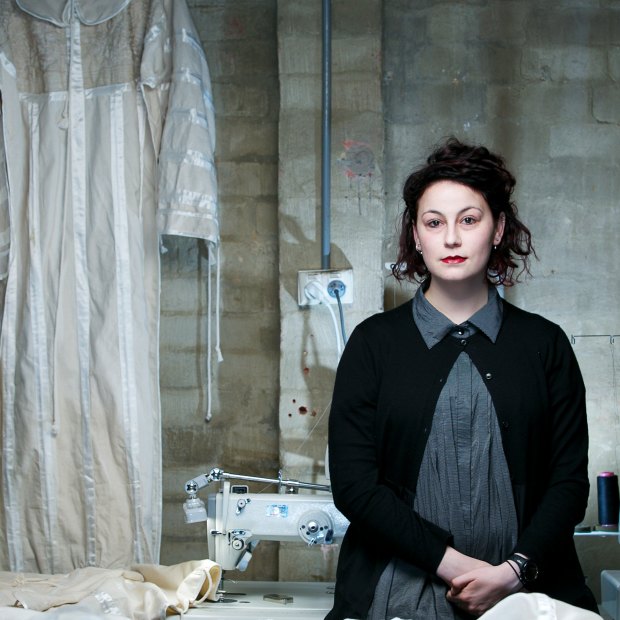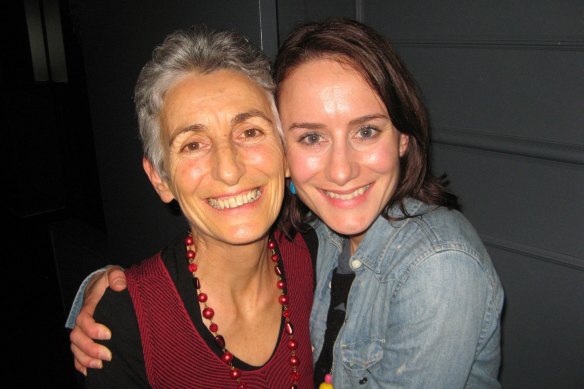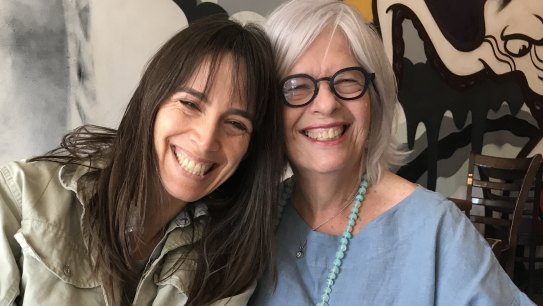— Here’s an update on the end-of-life debate.
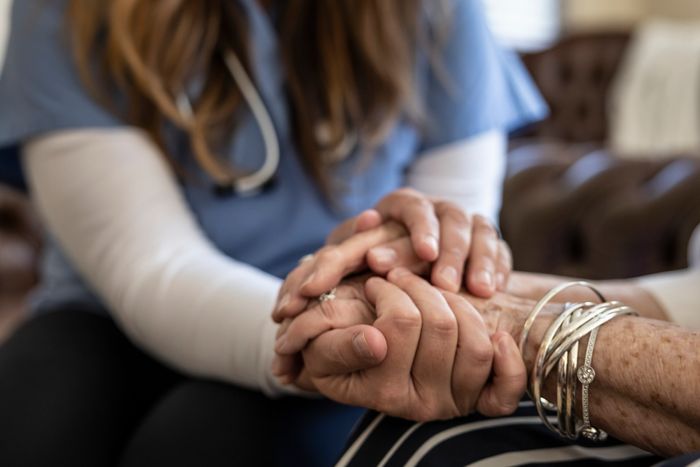
More states and countries are enacting laws to let terminally ill patients in great pain decide when to die
By Donna Apidone
In January, just a few days after the start of 2023, a woman walked into the Daytona Beach, Florida, hospital where her terminally ill husband was a patient and shot him. She said she intended to kill herself as well, but hospital staff stopped her before she could carry out the second part of her plan.
Ellen Gilland told police the shooting was by mutual consent, that she and her husband agreed that it was the best way for them to handle his decline in health. He was too weak to take his own life.
Only 10 states and the District of Columbia have laws that allow medical assistance in dying by making a lethal dose of medication available to adult patients who request one. The practice also is legal in Montana because of a court ruling.
Medically assisted deaths are illegal in all other states and U.S. territories, including Florida. No jurisdiction permits the use of firearms to end a human life.
Words matter
Medical aid in dying is not euthanasia. The latter term includes the act of one person killing another who is terminally ill or hopelessly injured and suffering great pain. Euthanasia is illegal throughout the United States. However, if the person who is dying self-administers, the act is not considered euthanasia.
In the U.S., terminology has evolved. The current acceptable wording is “medical aid in dying” or “medical assistance in dying” indicating that a medical professional will make a lethal dose of one or more drugs available to the patient but leave it to the patient to decide whether to take it. The terms are abbreviated as MAID.
The word “suicide” is not accurate, although is it sometimes incorrectly applied. Death certificates state a patient’s underlying illness as cause of death.
Although 22% of Americans have access to medical aid in dying, fewer than 1% of people in the 10 states and Washington, D.C., where this option is legal actually obtain the medication, and only two-thirds of them ultimately decide to take it, according to Compassion and Choices, a nonprofit group that advocates for end-of-life options including, but not limited to, medical aid in dying.
Where it is legal in the U.S.
In addition to reaching a consensus on the language describing medical aid in dying, the 11 jurisdictions that authorize the practice are consistent in their intent, said Kim Callinan, president and CEO of Compassion and Choices.
“Most of the laws across the states are very similar,” she said. “The eligibility criteria are the same. And the safeguards are the same.”
Geoff Sugerman, who served as campaign manager for Oregon’s Death with Dignity law, which was enacted in 2012, and works closely with the national organization called Death with Dignity, laid out the four cornerstones of the laws in in the 11 jurisdictions:
- Patients must be adults with a terminal illness and a prognosis of six months or less to live.
- Attending physicians must verify patients are acting voluntarily.
- Patients must be able to make and communicate their decision to healthcare providers.
- Patients must be able to self-administer (ingest) the medication.
Differences among laws
There are some differences in the laws. Where it is legal, a common waiting period for approval of medical assistance in dying is 15 days. Hawaii mandates 20 days. New Mexico and Oregon are less than 15 days. In California, a 2022 adjustment to the law reduced the time from 15 days to 48 hours.
Most medically assisted deaths are limited to residents of states that have legalized the procedure. However, the Vermont legislature in April passed a bill that would eliminate the residency requirement; Gov. Phil Scott has said he would sign it into law. Meanwhile, Oregon officials have said the state will not prosecute nonresident cases.
The number of states considering medically assisted death continues to grow. Minnesota and Florida have bills in their legislatures.
From the archives (June 2019): How ‘death with dignity’ laws allow terminally ill patients to take back control — sometimes at a price
Fine-tuning legislation
While some states debate new MAID laws, others are weighing changes to existing laws. As public opinion adjusts and data is collected, legislators in several states are considering amendments. Some details in the original laws may have “served as barriers to the patient,” Sugerman explained.
Changes to legislation may include the length of the waiting period and expanding the definition of “medical professional” to include Physician Assistants and Nurse Practitioners. Some states may remove their residency requirements so that patients can travel from other jurisdictions for the process.
Details and updates about state legislation are available through Compassion and Choices and Death with Dignity.
Healthcare systems
A patient’s first consideration of medical aid in dying may come in a conversation with a primary care physician or specialist when treatment options have been exhausted.
Dr. Nathan Fairman is a physician with UC Davis Health in California. He was selected to provide medical information to the state’s legislators as they prepared wording for the End of Life Option Act, enacted in 2015. Fairman explained how the process might go in his health system.
A UC Davis Health patient sees a primary care physician until a diagnosis necessitates care from a specialist. If treatment of a disease or condition is no longer beneficial, the specialist is likely to discuss end-of-life options with the patient.
Depending on the illness, medical aid in dying may be one of several options. Others may include palliative care and cessation of eating and drinking. Each option comes with its own set of considerations.
The patient makes the choice. A team is put in place to help the patient and doctors through the qualification process. “We employ navigators,” Fairman explained. These are two trained professionals who “make sure the patient has gone through all of the required steps — and there are a lot of them” — to qualify for medical aid in dying, if that is the choice.
“We were intentional about having a clinical social worker in this role,” he said. “It requires a high degree of advocacy and health system literacy. You need to have someone who is jumping through those hoops.”
Doctors may opt out
Doctors may disagree with the state law or their system’s policy. Professionals are not required to participate in aid in dying. Depending on personal beliefs, a doctor may refer a patient to a colleague in the same system.
In California, although referrals are allowed, they are not guaranteed. In the region served by UC Davis Health, most of the major health systems have policies for the process. The exception is Dignity Health, a Catholic healthcare system. A patient may have to change health systems to have access to aid in dying.
On the other side of the country, Providence St. Joseph Health is a Catholic healthcare system serving residents of Maine and Vermont, two states that have legalized medical aid in dying. The healthcare system has published its end-of-life policy. “PSJH considers intentionally hastening death to fall outside the scope of legitimate medical practice,” according to the document.
The PSJH policy acknowledges its patients may request a service it will not provide. “Providers and caregivers must not actively obstruct eligible patients from discussing, exploring or pursuing legal avenues to hastening death. Within the context of a therapeutic relationship, providers and caregivers should discuss with the patient why they may be inquiring about hastened death and what unmet needs there may be.”
Final exit network
A nonmedical end-of-life option is available through the Final Exit Network (FEN), a nonprofit organization based in Tallahassee, Florida, with about 20 “exit guides” who volunteer in all 50 states.
Wendell Stephenson lives in California and is a member of FEN’s board of directors. He said the organization is “devoted to providing information to people about how they can end their lives in a peaceful manner.”
FEN volunteers may be present at a death, but that is not required. Because physicians are not a part of the Final Exit Network process, medications are not used. Instead, FEN volunteers suggest using an inert gas and explain how to obtain and use it. Family members also receive guidance on observing the process but not helping, to avoid criminal charges.
Do patients measure up?
FEN has a medical evaluation committee consider applications from patients seeking to end their lives. The committee (composed of MDs and others with medical and mental health backgrounds) review applicants’ medical records with a couple of key considerations.
One of FEN’s rules is that applicants have conditions that “cannot be cured,” Stephenson said. They must have an intractable medical condition that seriously impairs quality of life. Most of these can be expected to shorten the applicant’s life, but death does not have to be imminent.
Another requirement is that applicants be physically able to manipulate the equipment that delivers the gas, Stephenson explained.
FEN does not provide the inert gas or related equipment, nor does it publicly discuss the content of the information they provide. For details, they refer to “Final Exit,” one of the books written by the organization’s founder, Derek Humphry.
Supporters and opponents
The Pew Charitable Trusts, a nonprofit research organization, issued a report summarizing the viewpoints of several of the world’s major spiritual groups regarding medical aid in dying. The report, published in 2012, provides more perspective from each religion than a simple “yea” or “nay.” Many faiths do not approve of MAID, a few allow for it, none endorse it. Some acknowledge the request for reduction of lifesaving techniques at the end of life.
In a Gallup poll in 2020, 74% of the 1,028 Americans surveyed said doctors should be allowed to end the life of a patient with an incurable disease “by some painless means” if the patient and the patient’s family requests it.
Activists are often family members of patients who have died painful deaths.
The Catholic Church has called MAID “morally impermissible.” Some Christian medical associations have also spoken out against medical aid in dying. The National Hospital and Palliative Care Organization is opposed, as is the American Association of People with Disabilities.
Will insurers cover it?
Will insurance cover medical aid in dying? “Sometimes,” Fairman said. “Many private insurances will cover it. MediCal [California’s version of Medicaid] will cover it for the state portion. Any federal insurance will not cover it.”
The Compassion and Choices website reports, “Regardless of whether a state has authorized medical aid in dying, insurance providers cover treatments that are deemed effective and proven, and not those considered unnecessary, experimental or below the standard of care.”
Countries outside the U.S. allow different end-of-life options. Callinan, CEO of Compassion and Choices, warns against comparisons “because the healthcare systems, the political systems, the economic systems, the cultures are entirely different.”
Canada passed its MAID law in 2016, covering residents eligible for Canadian healthcare. It has been updated several times. By 2024, a decision will be made regarding the inclusion of mental illness as a criterion.
Outside the U.S.
While euthanasia — medically assisted death performed by someone other than the patient — is illegal throughout the U.S., it is allowed in some other countries.
End-of-life options vary around the world. The practice is legal in Belgium, Luxembourg, Netherlands, Switzerland, Austria and Spain. Some processes resemble medical aid in dying and others are closer to euthanasia, though at the request of the patient.
Several Swiss organizations offer medical aid in dying to nonresidents. The oldest and best known is Dignitas, which has been featured in BBC and PBS documentaries. In addition to a membership fee, a patient pays a considerable sum for the end-of-life procedure.
Medical aid in dying is legal in New Zealand. In Australia, five of the six states either allow medical aid in dying or will by the end of 2023. Colombia allows the practice, while Chile, Uruguay and Argentina have introduced bills to decriminalize the procedure.
Several other countries have laws that allow patients to decline treatment and/or nourishment that would sustain life, according to World Population Review.
Complete Article ↪HERE↩!

